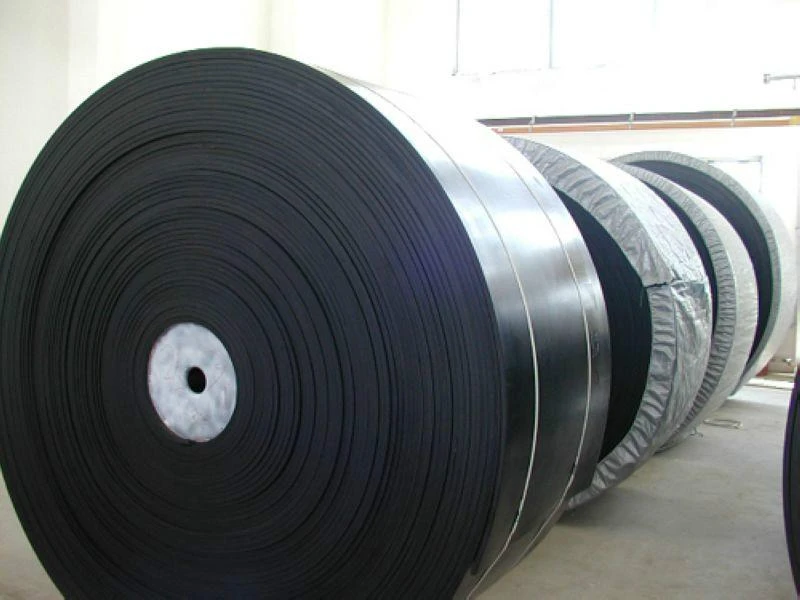 Afrikaans
Afrikaans  Albanian
Albanian  Amharic
Amharic  Arabic
Arabic  Armenian
Armenian  Azerbaijani
Azerbaijani  Basque
Basque  Belarusian
Belarusian  Bengali
Bengali  Bosnian
Bosnian  Bulgarian
Bulgarian  Catalan
Catalan  Cebuano
Cebuano  Corsican
Corsican  Croatian
Croatian  Czech
Czech  Danish
Danish  Dutch
Dutch  English
English  Esperanto
Esperanto  Estonian
Estonian  Finnish
Finnish  French
French  Frisian
Frisian  Galician
Galician  Georgian
Georgian  German
German  Greek
Greek  Gujarati
Gujarati  Haitian Creole
Haitian Creole  hausa
hausa  hawaiian
hawaiian  Hebrew
Hebrew  Hindi
Hindi  Miao
Miao  Hungarian
Hungarian  Icelandic
Icelandic  igbo
igbo  Indonesian
Indonesian  irish
irish  Italian
Italian  Japanese
Japanese  Javanese
Javanese  Kannada
Kannada  kazakh
kazakh  Khmer
Khmer  Rwandese
Rwandese  Korean
Korean  Kurdish
Kurdish  Kyrgyz
Kyrgyz  Lao
Lao  Latin
Latin  Latvian
Latvian  Lithuanian
Lithuanian  Luxembourgish
Luxembourgish  Macedonian
Macedonian  Malgashi
Malgashi  Malay
Malay  Malayalam
Malayalam  Maltese
Maltese  Maori
Maori  Marathi
Marathi  Mongolian
Mongolian  Myanmar
Myanmar  Nepali
Nepali  Norwegian
Norwegian  Norwegian
Norwegian  Occitan
Occitan  Pashto
Pashto  Persian
Persian  Polish
Polish  Portuguese
Portuguese  Punjabi
Punjabi  Romanian
Romanian  Russian
Russian  Samoan
Samoan  Scottish Gaelic
Scottish Gaelic  Serbian
Serbian  Sesotho
Sesotho  Shona
Shona  Sindhi
Sindhi  Sinhala
Sinhala  Slovak
Slovak  Slovenian
Slovenian  Somali
Somali  Spanish
Spanish  Sundanese
Sundanese  Swahili
Swahili  Swedish
Swedish  Tagalog
Tagalog  Tajik
Tajik  Tamil
Tamil  Tatar
Tatar  Telugu
Telugu  Thai
Thai  Turkish
Turkish  Turkmen
Turkmen  Ukrainian
Ukrainian  Urdu
Urdu  Uighur
Uighur  Uzbek
Uzbek  Vietnamese
Vietnamese  Welsh
Welsh  Bantu
Bantu  Yiddish
Yiddish  Yoruba
Yoruba  Zulu
Zulu Adjustable Idler Solutions for Improved Conveyor Belt Efficiency and Performance
The Importance of Idlers in Conveyor Belt Systems
Conveyor belt systems are a pivotal component in many industries, providing an efficient means of transporting goods and materials from one location to another. These systems consist of various components, with idlers playing a critical role in their overall performance and functionality. Idlers are the rollers that support the conveyor belt, facilitating its movement while minimizing friction and wear. Understanding the significance of idlers can help businesses optimize their conveyor systems, enhancing efficiency and reducing maintenance costs.
What are Idlers?
Idlers are cylindrical rollers located underneath a conveyor belt. They are specifically designed to support the weight of the belt and the materials being transported. The basic function of idlers is to provide a stable surface over which the belt can travel, while also helping to maintain the tension and alignment of the belt. There are several types of idlers, including carrying idlers, return idlers, and impact idlers, each serving distinct purposes within the conveyor system.
Types of Idlers
1. Carrying Idlers These are the most common type of idlers, positioned along the path of the conveyor belt to support the load being carried. They are typically arranged in a V-shaped configuration to create a trough, which prevents material spillage and helps maintain the stability of transported goods.
2. Return Idlers Located on the return side of the conveyor belt, return idlers support the empty belt as it returns to the starting point. They help ensure that the belt maintains its alignment and reduces wear on the belt's surface.
3. Impact Idlers These idlers are positioned at points where material is loaded onto the conveyor belt. They are designed to absorb the impact of falling materials, protecting the belt from damage and prolonging its lifespan.
Benefits of Using Idlers
The integration of idlers into conveyor belt systems offers numerous benefits
- Reduced Friction Properly designed and maintained idlers minimize friction between the belt and the rollers, reducing energy consumption and wear on both the belt and the drive components.
idler for conveyor belt

- Enhanced Load Support By distributing the weight of the conveyor belt and the material it carries, idlers provide essential support, which can prevent sagging and misalignment, ensuring smooth operation
.- Maintenance Efficiency Regular inspection and replacement of idlers can prevent costly breakdowns and unplanned downtime. Using high-quality idlers reduces wear and extends the life of the conveyor system.
- Improved Material Handling Idlers help create a consistent and stable surface for transporting materials, reducing the risk of spillage and improving overall efficiency in material handling operations.
Best Practices for Idler Maintenance
To ensure the longevity and optimal performance of idlers, regular maintenance is required. This includes
1. Regular Inspections Check idlers for signs of wear, misalignment, or damage. Timely identification of issues can prevent further complications.
2. Lubrication Ensure that idler bearings are adequately lubricated to reduce friction and wear. This will also help prevent overheating and extend the service life of the idlers.
3. Replacement Replace worn or damaged idlers promptly to maintain the efficiency of the conveyor system. Using high-quality replacement idlers can contribute to better performance and durability.
4. Alignment Checks Regularly check and adjust the alignment of idlers to ensure they are properly positioned. Misaligned idlers can lead to belt tracking issues and increased wear on the conveyor system.
Conclusion
In conclusion, idlers are essential components of conveyor belt systems that support, stabilize, and protect the belt and the materials being transported. By understanding their importance and implementing effective maintenance practices, businesses can enhance the performance of their conveyor systems, reduce operational costs, and improve overall efficiency. Investing in high-quality idlers and prioritizing their maintenance is a proactive approach that pays off in the long run, ensuring smooth and reliable operations in any industry reliant on conveyor technology.
-
Revolutionizing Conveyor Reliability with Advanced Rubber Lagging PulleysNewsJul.22,2025
-
Powering Precision and Durability with Expert Manufacturers of Conveyor ComponentsNewsJul.22,2025
-
Optimizing Conveyor Systems with Advanced Conveyor AccessoriesNewsJul.22,2025
-
Maximize Conveyor Efficiency with Quality Conveyor Idler PulleysNewsJul.22,2025
-
Future-Proof Your Conveyor System with High-Performance Polyurethane RollerNewsJul.22,2025
-
Driving Efficiency Forward with Quality Idlers and RollersNewsJul.22,2025





























